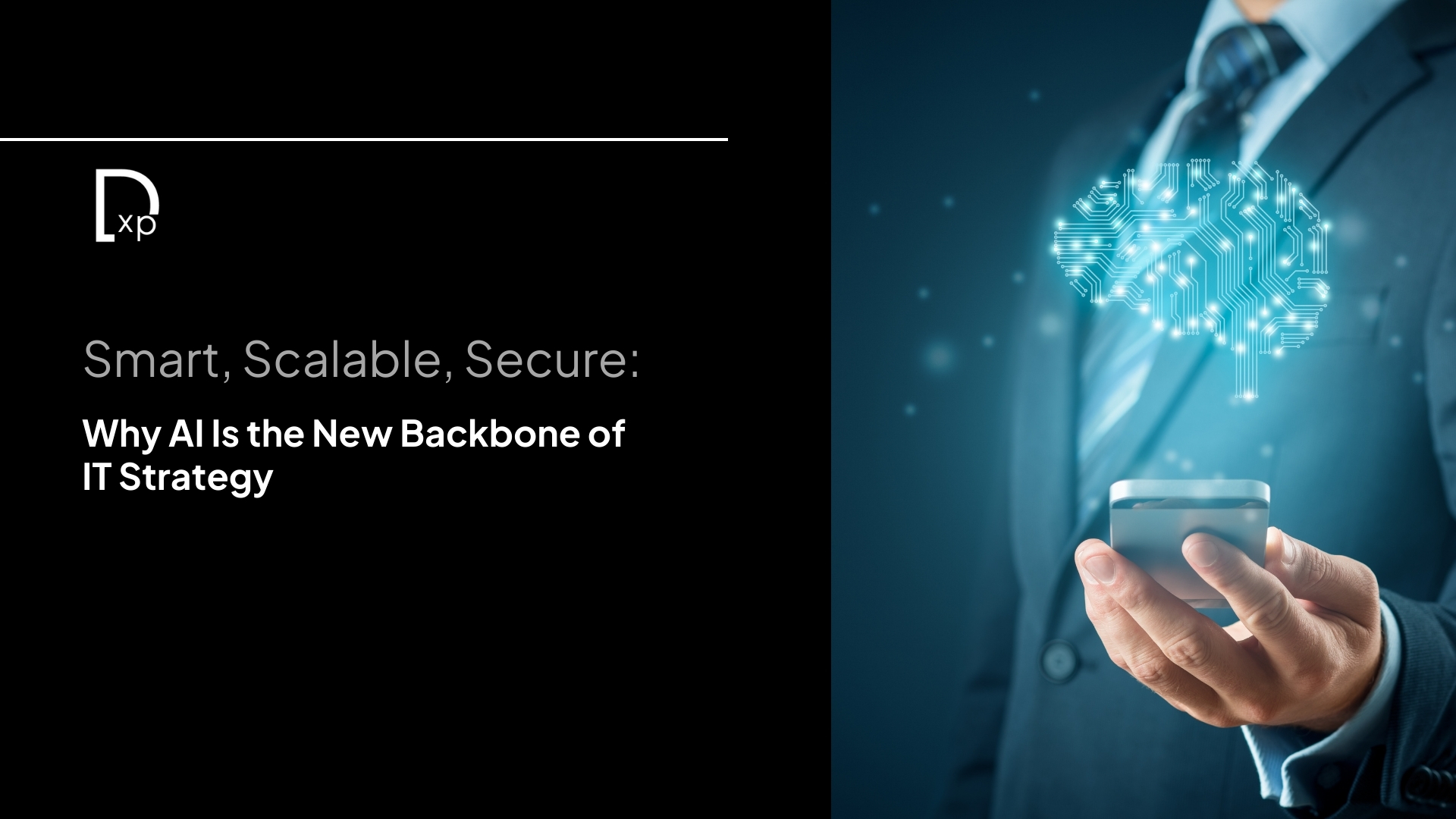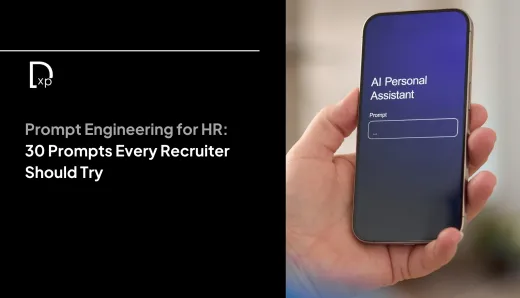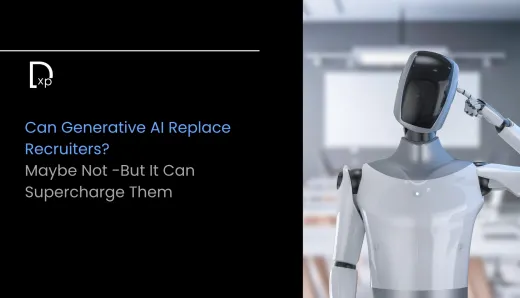Smart, Scalable, Secure: Why AI Is the New Backbone of IT Strategy

From back-office bot to boardroom imperative
Not long ago, artificial intelligence was viewed as a futuristic tool- cool, niche, promising. Today, it’s no longer a novelty; it’s the scaffolding of modern IT strategy. For the CXOs steering billion-dollar tech ecosystems, this is not a wait-and-watch moment. The real-time infusion of AI into core infrastructure, cybersecurity, and scalability isn’t optional. It’s existential.
AI is no longer living in your R&D labs or moonshot divisions. It's crawling your networks, scanning your logs, optimizing cloud costs, detecting anomalies in real time, and predicting system failures before they happen. It’s not just powering IT- it is becoming IT. And if your architecture, operations, and security strategies don’t have AI at the spine, they’re already outdated.
The intelligence layer your stack was missing
Let’s get practical. Today’s enterprise architecture is multi-cloud, API-driven, heavily containerized, and deeply complex. Manual management is impossible. AI brings real-time intelligence to once reactive systems. Smart observability tools don’t just monitor; they learn. AI-driven ITSM doesn’t just route tickets; it triages and resolves them autonomously. AI-native platforms don’t just scale workloads; they predict demand curves and shift resources before a spike hits.
In other words, AI isn't just optimizing your stack; it’s reimagining how it thinks.
And that’s the crux: We’re not talking about automation that saves money. We’re talking about intelligence that makes money by accelerating deployment, protecting uptime, and fortifying customer experience.
Scalability that thinks ahead
Every CIO knows scale is about more than just capacity; it’s about elasticity with intelligence. Scaling with AI means systems grow not in reaction to load but in anticipation of it. Predictive AI enables proactive provisioning, cost-optimized scaling, and self-healing infrastructure that adapts in real time. Think of it as DevOps with foresight.
And this isn’t future-gazing. Global enterprises are already witnessing 30–50% improvements in provisioning efficiency by layering AI into their cloud orchestration. In environments where milliseconds mean millions, AI-driven scalability isn’t an advantage- it’s a lifeline.
Security with a sixth sense
Cybersecurity has reached a complexity that outpaces human vigilance. You’re not just defending perimeters anymore; you’re defending behavior, identity, and anomaly, all at once, across billions of data points. Traditional rule-based systems are reactive and brittle. AI brings pattern recognition, behavioral analytics, and contextual decision-making at machine speed.
It doesn’t sleep. It doesn’t miss red flags buried in log noise. And it doesn’t wait for your security analyst to check Slack.
More importantly, AI turns security from a passive shield to an active strategy. It can simulate attack paths before hackers do. It can learn from zero-days faster than threat actors can weaponize them. And it can do all this while staying compliant- because modern AI isn’t just intelligent, it’s auditable.
The strategic pivot: From cost center to intelligence hub
The most progressive enterprises aren’t just using AI in IT; they’re restructuring IT around AI. IT is no longer a cost center buried beneath business strategy; it is the business strategy. When AI infuses infrastructure, security, and service delivery, IT becomes the enabler of innovation, not just its executor.
This requires a pivot in leadership thinking. AI shouldn’t be a procurement decision; it should be a board-level priority. Your AI stack deserves the same attention as your revenue models, M&A strategy, and market expansion. Because the way your IT systems think and adapt will directly shape how your business competes and scales.
The call to lead, not lag
The bottom line? AI is no longer a competitive edge, it’s the new baseline. The leaders who win will be those who reimagine their IT foundation as an intelligent organism: smart, scalable, secure. That means not just integrating AI, but centering strategy around it.
This isn’t hype. It’s not a trend. It’s the turning point. And the CXO who waits for a “mature” AI moment will be left defending legacy systems while competitors move like sentient networks.
The future backbone of IT is here. It learns, adapts, predicts, and protects, and it's ready to scale. The only question left is: Will your strategy keep up?




